Original Author | Crypto Ann
Translation by | Baize Research Institute
Although major cryptocurrencies such as Bitcoin, Ethereum, and popular altcoins are facing a difficult situation, the situation is not so “bloody” in the deep world of blockchain. On the contrary, you often see price charts like the one below.
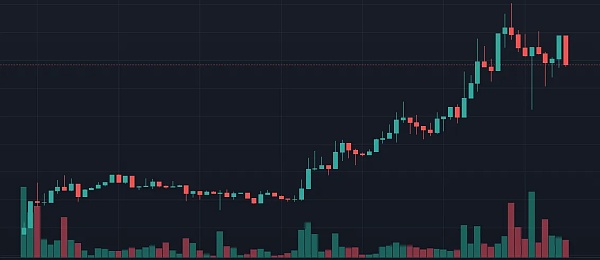
- Looking back in history, at which stage of the cryptocurrency bull market are we currently in?
- Pursuing the amount of liquidation, what are the reasons for the market’s crazy plunge on March 12th and May 19th?
- Exclusive Interview with Nil Foundation From MEV to PEV, Market Mechanisms Bring Ingenious Ideas to ZK Proofs
The “on-chain speculation” is still ongoing this summer.
But will they remain strong and extend into a bull market?
Today, I want to delve into the current top-performing 6 tokens. After comparing them side by side, I will analyze the commonalities, patterns, and features that make them perform so well (or appear to).
The candidates for analysis are as follows, and because they are surrounded by speculation, I will refer to them as Sh*tcoins:
- Perpetual DEX HMX ($HMX)
- Crypto game Sanko Game ($DMT)
- Telegram robot Unibot ($UNIBOT)
- On-chain gambling game WINR ($WINR)
- ZeroLiquid, a lending protocol backed by LSD ($ZERO)
- Meme coin $MOG

Goal: Market Cap
Market cap is the metric that token holders are most concerned about, representing achievements and milestones.
You often see on Crypto Twitter: “Let’s reach a market cap of X million dollars!!” along with rocket emojis.
Among the 6 projects studied in this article, Unibot is far ahead with a market cap of nearly $200 million, and other projects also hope to achieve this goal.
However, market cap is a misleading metric. Just like support and resistance in technical analysis. You can profit at resistance levels, or buy when the price breaks through resistance levels. This actually doesn’t mean anything. Some projects have a market cap as high as $50 million, while others will never surpass $10 million. Some projects are easy to reach $5 million and then struggle to go higher.
Liquidity is More Important
Liquidity is actually the only comparison you need.
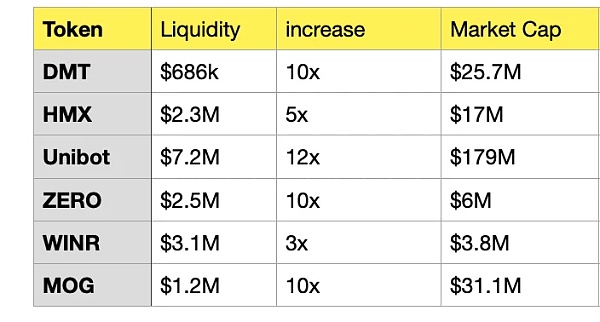
$DMT and $MOG have the highest capital efficiency, achieving a 10-fold price increase with minimal liquidity.
$HMX and $WINR still have a lot of room for growth, provided that they maintain liquidity at current levels.
$ZERO is more likely to be sold off because the ratio between market cap and liquidity is relatively close. On the other hand, Unibot is the opposite because its market cap is $179 million, and it is difficult to sell/cash out with liquidity of $7.2 million.
The larger the gap between market capitalization and liquidity, the more people are forced to continue holding. Assuming the buyer of Unibot successfully earns a profit of $5 million, but this profit is only on paper because he cannot maintain price stability when selling Unibot for ETH. (If the liquidity pool consists of $3.5 million worth of ETH and $3.5 million worth of Unibot, he cannot sell it at all because there is not enough Unibot in the pool.)
The only strategy to win in this speculative game of “chasing garbage coins” is to become an early buyer (or the token deployer itself) while maintaining a position much lower than the liquidity pool. Buying early is the best option because if the token fails and encounters a sell-off, you can still save your initial capital (cost) or even make some profit. Insiders usually gradually sell when the price rises to maintain relatively stable liquidity in the pool and sustain the upward momentum.
Why should you sell gradually?
I used to think that the “age” of a project or token is not important, but later I realized that I was wrong. Although this article only studied six projects, the sample size is small, but a common pattern can be identified. The best-performing projects are neither too young nor too old; the optimal “age” is several months.
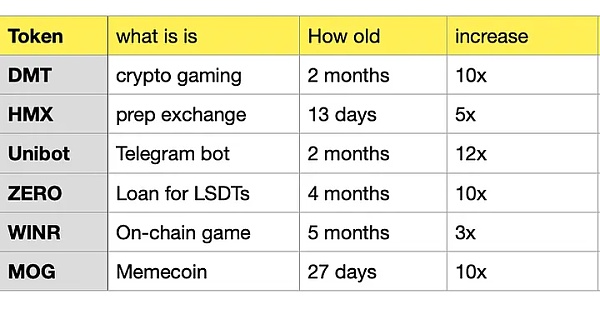
Recently, more and more project teams have realized that it is better to maintain the token’s price increase for a period of time rather than quickly pump and dump. They know that keeping the price stable for a long enough time can make people believe that the project “won’t run away,” but the time cannot be too long to avoid losing attention and gradually losing interest.
I am convinced that maintaining low liquidity is one strategy. If you are buying “garbage coins” similar to the projects mentioned above on-chain, the first thing to pay attention to is whether liquidity is increasing.
People may think that more liquidity is bullish, just like what happened a few weeks ago with the $BALD token. Liquidity increased to $31 million, attracting more and more buyers, and shortly after, the token completely collapsed.
On the contrary, if your position is large, you can consider increasing liquidity as a sell signal and gradually sell.
Unibot, the center of meme coins
I also believe that the type of project is not important for liquidity. In general, the working principle of “garbage coins” is that if a token’s use case or narrative is unique, the hype surrounding it will last longer than other tokens in general.
Here, I am referring to Unibot. For this, we need to talk about what Unibot is exactly.
Supporters argue about how Unibot completely changes the user experience. I just want to say those are all nonsense.
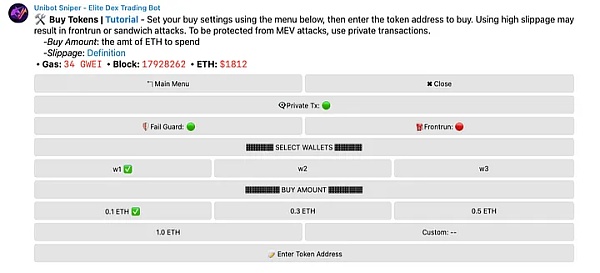
On the contrary, the real appeal of Unibot lies in its meme coin trading feature. With it, you can get reminders for the release of new tokens and be able to buy them immediately after listing. For on-chain traders, this is certainly a good user experience and is also why “meme coins” (gambling in disguise) can be so fascinating.
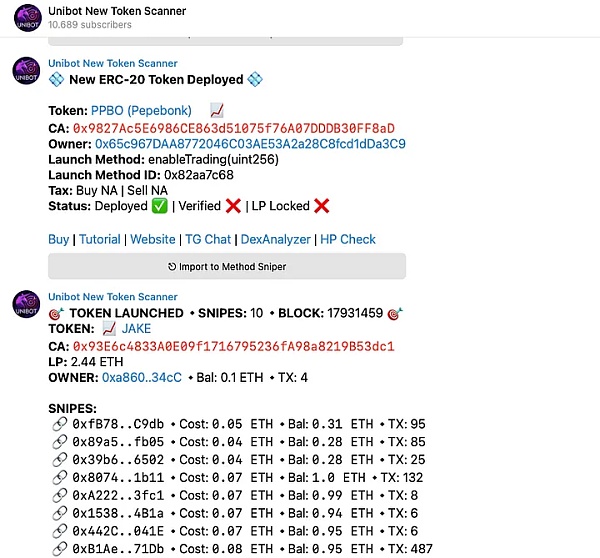
In short, Unibot is not only a meme coin itself, but also the center of the meme coin universe.
Unibot has successfully maintained hype for a longer period of time because it has gone from being unique to being a leader in the race. Other projects find it difficult to replicate its success and fate.
When the hype surrounding Unibot will end depends on the situation of on-chain speculation and the entire crypto market. (Unibot keeps the liquidity pool at a low level to avoid a chain reaction of price drops.)
These “trash coins” are easily influenced by capital rotation
Once traders notice changes in liquidity in the broader crypto market, they will leave the hype of “trash coins.”
The cycle where Bitcoin and Ethereum dominate most of the liquidity will come again, which usually happens in the early to middle stages of a bull market.
As early as 2021, DeFi blue-chip tokens like $UNI and $SUSHI have stagnated, while newcomers (Layer1 “Ethereum killers”) have pushed the bull market to its peak. The situation is no different for the 6 “trash coins” mentioned in this article.
However, true projects with a thousand times potential are still lurking somewhere. Their tokens will not rise 10 times in 2 months, and they certainly won’t be just another perpetual DEX. Currently, there is a significant gap between the prices of these tokens and the innovation/quality of the projects themselves. At least in the “on-chain speculation” frenzy of 2019-2020, DeFi blue-chip projects like UniSwap and Curve were indeed novel and groundbreaking, which is something these current “trash coins” lack.
Disclaimer:
According to the “Notice on Further Preventing and Dealing with the Risks of Virtual Currency Trading Speculation” issued by the central bank and other departments, the content of this article is only for information sharing and does not promote or endorse any business or investment activities. Readers are strictly advised to comply with local laws and regulations and not engage in any illegal financial activities.
Like what you're reading? Subscribe to our top stories.
We will continue to update Gambling Chain; if you have any questions or suggestions, please contact us!